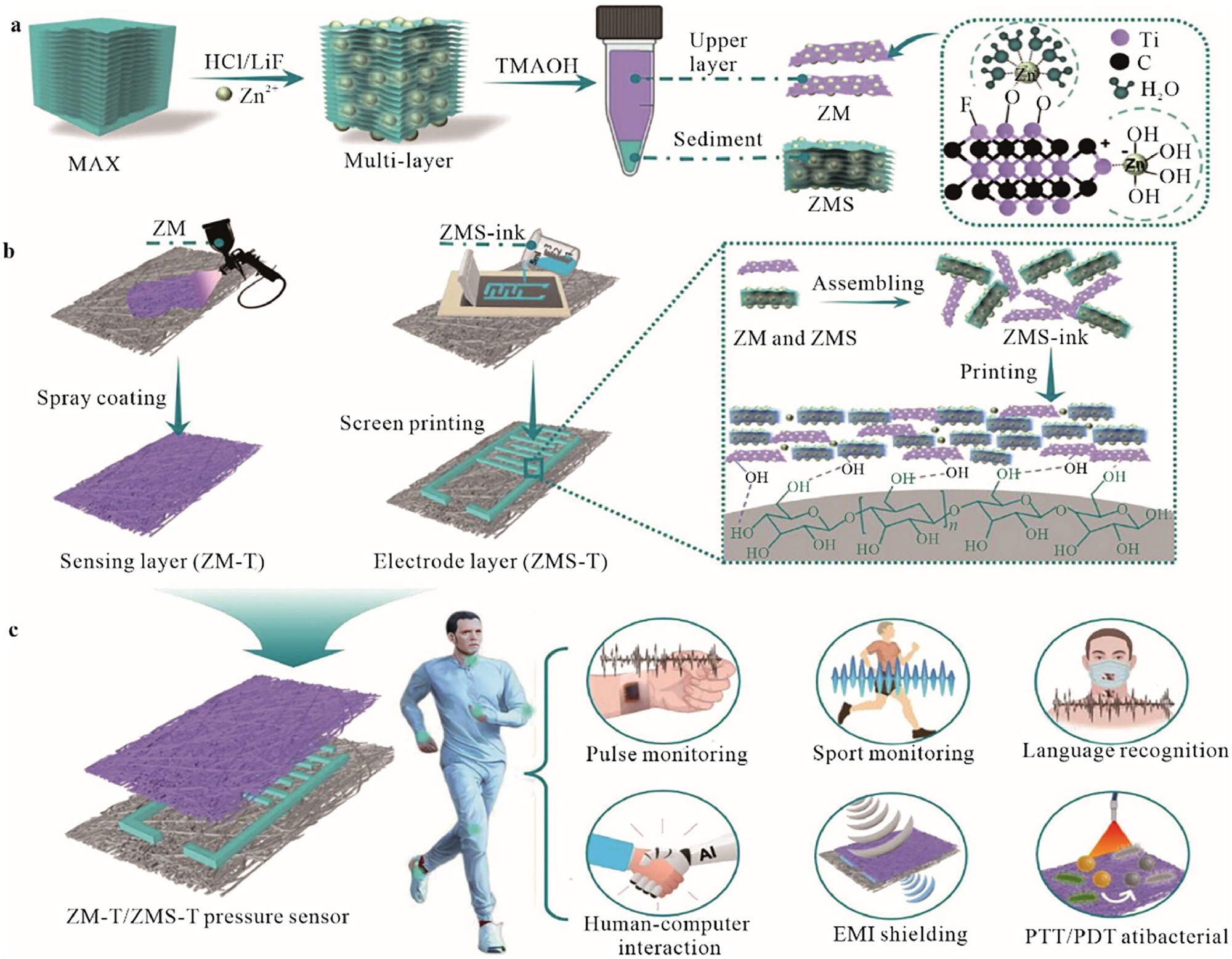Reviewed by Danielle Ellis, B.Sc.Oct 8 2024
Researchers from the University of Bayreuth and Nanjing Forestry University combine the remarkable properties of MXene, a family of two-dimensional transition metal carbides, nitrides, and carbonitrides, with the abundant and renewable resource of cellulose to create Cellulose-MXene, a novel class of composites, according to a study published in the Journal of Bioresources and Bioproducts.
 A new era of multifunctional materials with enhanced properties. Image Credit: Jiangsu Co-Innovation Center for Efficient Processing and Utilization of Forest Resources and International Innovation Center for Forest Chemicals and Materials, Nanjing Forestry University
A new era of multifunctional materials with enhanced properties. Image Credit: Jiangsu Co-Innovation Center for Efficient Processing and Utilization of Forest Resources and International Innovation Center for Forest Chemicals and Materials, Nanjing Forestry University
Cellulose-MXene was created as a result of the search for environmentally friendly materials with cutting-edge capabilities.
Cellulose has long been known for its biodegradability and compatibility with living things. It comes from a variety of sources, including wood pulp and bacterial nanocellulose. Because of its sustainability and natural abundance, cellulose is a great option for making composite materials. The distinct qualities of both materials, MXene and cellulose, are combined to create a material with improved performance attributes.
The MXene family has been used in energy storage, catalysis, sensors, separation, and biomedical applications because of its high hydrophilicity, electronic conductivity, and nonlinear absorption coefficient. The remarkable photothermal, electrothermal, biocidal, and piezoelectric qualities of the researchers' composite material make it appropriate for a wide range of applications.
The group under Xiao's leadership made a major breakthrough when they devised a method to make the most of MXene precursors, producing multi-protection materials and a smart pressure sensor. These materials showed excellent antibacterial activity, effective shielding against electromagnetic interference, and remarkable pressure sensitivity.
Zeolitic imidazolate framework-8 (ZIF-8) was also grown in-situ on the surface of cellulose nanofibers as part of the novel technique, which improved the material’s biocidal activity and electromagnetic interference shielding effectiveness.
According to the study’s findings, MXene’s incorporation into cellulosic materials gives them smart and multipurpose qualities that make them perfect for use in pressure sensors to track human movements, wound dressings, and solar-powered desalination.
The market for chestnut tannins is expanding significantly on an economic level, and new extraction facilities are being built to satisfy the rising demand. Europe is home to the majority of the world’s production, with countries like Italy, Slovenia, France, Portugal, and Spain setting the standard.
To sum up, chestnut tannin is a standout bioresource with a wide range of activities and the potential for new uses across multiple industries. As more research reveals its potential, chestnut tannin is poised to play a significant role in the economy.
Journal Reference:
Seidi, F. et. al. (2024) Cellulose-MXene composites: New platforms with outstanding multifunctional characteristics. Journal of Bioresources and Bioproducts. doi.org/10.1016/j.jobab.2024.05.002